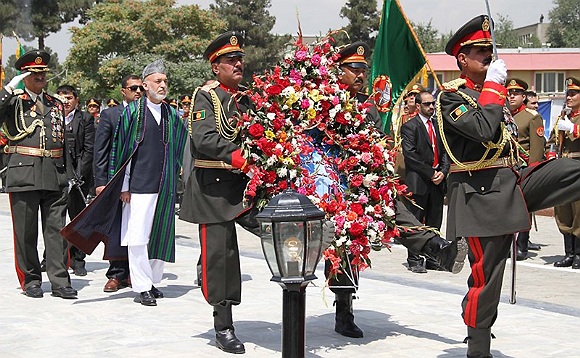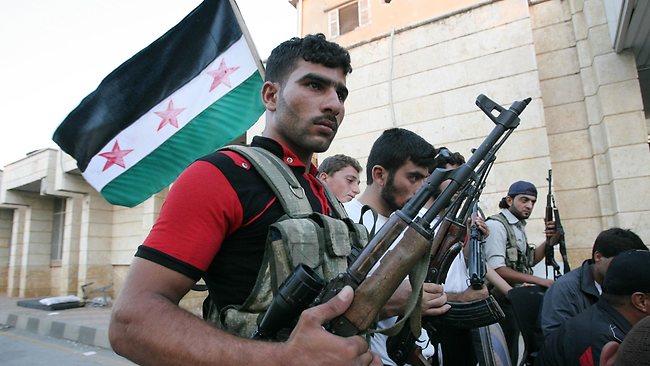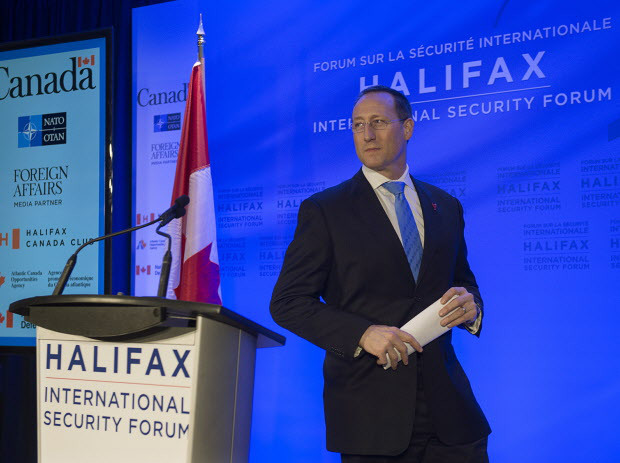Afghan Independence Day celebrates the final British withdrawal of troops from Afghanistan after the third Anglo-Afghan war in 1919. It is celebrated every 19 August. I had spent some time in Afghanistan earlier this year as a member of an archaeological project in Kabul and Mazar-i Sharif. So for me, Afghan Independence Day was an opportunity to reflect mainly on Afghanistan’s rich cultural history. But it was also an occasion to reflect on NATO’s involvement there and Afghanistan’s future.
The history of Afghanistan is in many ways a history of foreign meddling. It begins with the first Iranian empire under the Achaemenid dynasty which basically annexed what is now Afghanistan. This empire was conquered by Alexander the Great in 330 B.C., and thereafter Afghanistan was the furthest outpost of both Iranian and Greek culture.
But instead of being known as a rich cultural nexus, Afghanistan has earned the nickname “the graveyard of empires.” Since the 19th century, the British and Russian Empires, the USA and the Soviet Union, and latterly NATO and theocratic Islam have confronted one another in Afghanistan.
19th-century British fears that an expansionist Russia might use Afghanistan as an invasion route into India grew into an obsession. Afghanistan was explored and mapped out thoroughly as a result. Perhaps the most important explorer during this era was Sir Alexander Burnes, an intrepid Scotsman who set out on foot from northern India and made his way all through Afghanistan into what is now Uzbekistan.
[captionpix align=”left” theme=”elegant” width=”320″ imgsrc=” http://www.rusi.org/images/library/LI4AB37776E749C.jpg” captiontext=”A British Officer with Afghani Tribal Leaders in late 1800s.”]
Burnes advised the British to leave the area alone and stay out of Afghanistan, but the government had other ideas. The British deposed the reigning king, installed a pretender and invaded and occupied Kabul. Discontent quickly grew into a violent insurgency and the British were forced out in 1842. Two more wars followed, the last of which ended in Afghan independence in 1919.
Early twentieth-century Afghanistan saw an attempt by king Amanullah at a radical series of westernizing reforms along similar lines to those of Ataturk in Turkey. However, a traditional and conservative society resisted the reforms — especially those concerning the education of women. Had Amanullah’s modernization succeeded, Afghanistan might have become something like the Turkey of Central Asia. But it was not to be.
Fast forward to the late 20th century. Afghanistan became a zone of conflict between America and the Soviet Union. Both superpowers poured money into the country so as to bolster support for their respective ideologies and world-systems. In 1978 a Communist government rose to power in Kabul. The Soviet Union attempted to support this government in the face of widespread rebellion led by the Mujahideen, a group of traditional Muslims who opposed both the government’s reforms and communist atheism. Soviet troops were deployed and the Soviet war in Afghanistan began in 1979. America saw an opportunity to pay back the USSR for its meddling in Vietnam, and threw its weight behind the Mujahideen, who were victorious.
But civil war followed until the Taliban, a Islamist group with origins in Pashtun nationalism, took power in 1996. The Taliban’s theocratic agenda, savage treatment of women, and hostility to the West are well known. But it is often forgotten that these problems worsened under the influence of Osama bin Laden and al-Qaeda, the militant Islamist group that he founded.
[captionpix align=”left” theme=”elegant” width=”320″ imgsrc=” http://indiainside.com/wp-content/uploads/2011/05/osama-bin-laden-family5.jpg” captiontext=”Bin Laden fighting the Soviets in Afghanistan.”]
Seeing an opportunity to forward his own destructive aims, Osama bin Laden moved to Afghanistan uninvited in 1996. Relations between al-Qaeda and the Taliban were at first strained, but improved with time. This insidious partnership took a disastrous toll on the cultural heritage of Afghanistan, the destruction of the giant statues of Buddha at Bamiyan being the most notorious example of Taliban barbarism. It was only a year ago in 2011 that bin Laden was finally found and killed in the war triggered by his attacks on the World Trade Centre in New York in 2001.
I wrote above that Afghan history can be understood as a tale of foreign meddling and unwanted intervention. It is often forgotten, though, that the most meddlesome foreigner in Afghanistan (within recent memory at least) was none other than Osama bin Laden. For this reason, NATO’s mission to remove him and to take power from the Taliban and al-Qaeda cannot be compared to any other military engagement or conflict in the country’s history.
Having visited there, I came to believe strongly that Canada was doing good work in Afghanistan. From time to time naysayers argue that our efforts in Afghanistan will be wasted, citing British and Soviet failures there. But such thinking often shows a ignorance both of Afghan history and of NATO’s role there.
Though it is impossible to say for certain what the future of Afghanistan will look like, I think the country will muddle through. The Taliban are unlikely to make much of a come-back, though they will probably try hard. This is what they are doing now, but each new terrorist attack tends to kill more Afghans than NATO soldiers, and this is no way for the group to rebuild its power and prestige.
Civil war, not a Taliban take-over, may be the greatest threat to Afghanistan after NATO leaves it forever in 2014. Before that time we must take steps to unite the country beyond religious, ethnic, tribal, and linguistic lines. Putting aside a military role after 2014, Canada has pledged continued financial aid and this will mean that we will be engaged in what many Canadians feel that we do best: soft power.
Canada has promised $227 million in assistance between 2014 and 2017. This is on top of what Canada has already pledged for 2011 to 2014. Much of our aid will go to advance the rights of women and girls and their involvement in Afghan society. This is an excellent place to begin. But we must do more.
Building a civil society takes much more than empowering disadvantaged groups and “winning hearts and minds.” It takes a clear demonstration of our valuing a people’s culture and history. In Afghanistan, there is no shortage of either.
At the center of a trading network running from Constantinople to Peking, Afghanistan was also influenced by the culture of India, China, and the Central Asian steppe. One of the most noteworthy influences was the world’s greatest international religion before Christianity and Islam — Buddhism. Afghanistan was once at the center of the Buddhist world, and many monastic rules still in use in India, China, and Japan originated there. Buddhism made such a mark on Afghanistan that the Taliban were clearly uncomfortable with any visible sign of it, and made efforts to destroy many of Buddhism’s greatest monuments.
Following the coming of Islam in the middle of the seventh century, Afghanistan was the heart land of several Iranian dynasties which challenged the authority of the Abbasid Caliphate in Baghdad. Each successive dynasty left its mark in art, architecture, and literature. Most notably, the Shahnameh, the Iranian national epic and perhaps the greatest work of medieval literature in any language, was written under the Ghaznavid dynasty centred on the city of Ghazni in south-eastern Afghanistan. And the ancient city of Balkh (near modern-day Mazar-i Sharif in the north) was the birthplace of Zoroaster, the mystic poet Rumi, and the greatest Muslim scientist Avicenna — amongst many other towering figures of mediaeval Islamic culture.
[captionpix align=”left” theme=”elegant” width=”320″ imgsrc=” http://www.asiarecipe.com/images/kabul11.jpg” captiontext=”Afghani dress, food and architecture.”]
Working closely with the Afghan Ministry for Information and Culture, the University of Kabul, and the Archaeological Museum, we could establish capacity-building programs in Afghan culture and history. This could be an ideal role for Canada post-2014. Everything from promoting basic lectures in history at the local level to studies of artifacts, texts, and archaeological methods for university students would foster an identity reaching beyond the last three decades of conflict.
Our performance in Kandahar and our lack of imperial past mean that good will is already on our side. What better way could we find to increase it than by restoring pride and confidence to Afghanistan.




